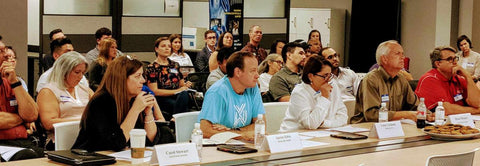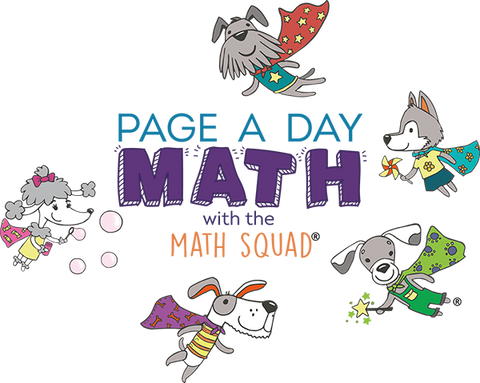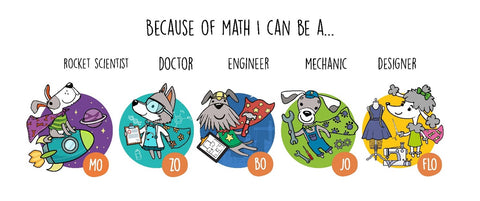
Is Counting Fingers A Good Addition Strategy?
Do you remember the first time your child held up 3 fingers and told someone they were three years old?
It’s adorable to see. Children use their fingers when they learn to count. They do this over and over. It’s fun to watch and also an important part of learning math.
But when does this strategy become unsuitable for a child that’s getting older and in school learning to add and subtract?
Great question!

Kindergarten is the golden year when defining and modeling learning goals, expectations, and grade appropriate foundational skills are so important.The only problem is that we often don't know exactly what they are. Now with our kids learning so much at home we need to be even more aware of what they are.
As parents we want the best for our children. We don’t want them to reach the next grade unprepared.
Unfortunately, many students don’t have a solid grasp of the skills taught the previous year. I see this all the time with math. Parents are often unaware their kids are behind (or just don't know what to do to help) until the situation has become stressful.
Kids know when they are behind. And it is stressful for them so as parents we have the responsibility to make sure our kids have the skills, they need to be relaxed and confident, each step of the way.
Remember - Math comes easily for kids who start early. Once they get started they have an appetite to learn more and seem to learn more quickly too. I never suggest that you push or create stressful learning situations for your child or have them do more than what is appropriate for them. But kids who start early simply like math a lot, are good at it and want to do more.
Here is a guide that works well. (If you believe your child has fallen behind, they can always catch up. I can help you make a plan that works.) (link to schedule to book an appt)
Pre-k – Kids can learn addition really well by 3-5 years old, research tells us. Start your child in Pre-K and they’ll enter Kindergarten already knowing addition well and then be able to learn subtraction facts to 20-10=10 by the end of Kindergarten, multiplication and division in 1st grade.

Kindergarten – This is when Addition facts should become automatic up through 10+10 or even 12+12. I recommend teaching one math operation at a time. I’ve noticed that teaching addition and subtraction together can be complicated for many children. I like showing fact-family relationships after a child has mastered addition and subtraction is introduced. They are able to make more sense of it then.
I’ve also seen firsthand that children who learn addition really well first, learn subtraction in a faction of the time. I believe the understanding comes more easily when they are taught separately.
When I work with kids entering kindergarten, they learn addition and subtraction by the end of kindergarten very well.
1st grade kids can learn multiplication (often division too) and continue working
on addition and subtraction.
2nd grade kids can learn division easily if they already know multiplication well. Continue to review addition, subtraction, and multiplication.
3rd grade continue to improve fluency in all 4 math operations
When this schedule is followed, kids meet math goals with ease. They are not stressed, because math is easy and fun for them.
I’d be happy to help you plan a math success path for your child if they are getting started, catching up or excelling and they want to get even further ahead. janice@pageadaymath.com.
About the Author and Creator of Page A Day Math
 Janice Marks
Janice Marks
Janice began her career in education to pursue teaching pre-algebra at BASIS Tucson North, a charter school currently ranked as the sixth-best STEM school in the country by Newsweek. There she found joy in teaching math, working with parents, and inspiring children to believe in themselves and thrive. This experience, along with helping her own children succeed in math, led her to develop the Page A Day Math system.





